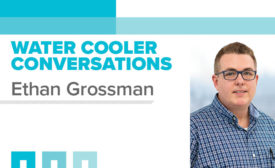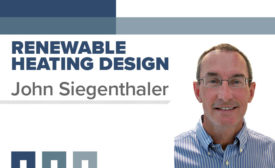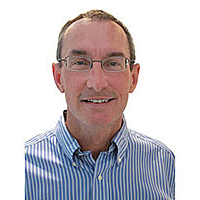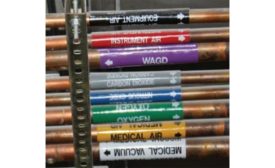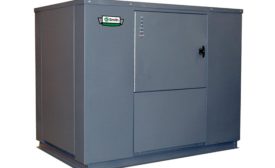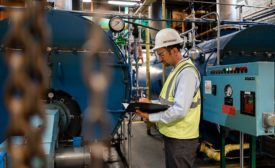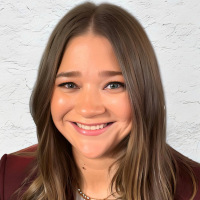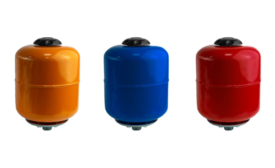Green Mechanical Systems
John Siegenthaler: The anatomy of a municipal pellet boiler system
A thousand words plus.
December 4, 2020
How to determine if a facility’s medical gas system is up-to-date
Proper installation and maintenance of medical gas systems are critical.
November 19, 2020
Heat pumps lead in energy efficient trends
Technology advances in water heating realm.
November 17, 2020
Spectrum Center arena’s domestic water system replaced during busy events season
Arena’s galvanized steel piping replaced with Schedule 10 stainless steel piping to ensure longevity.
November 12, 2020
2020 PM Engineer’s Mechanical Engineer of the Year: Chris Winnie
SmithGroup’s Chris Winnie is always excited to learn about new products and technologies, and then share that knowledge with others.
November 11, 2020
Dave Yates: Thermal expansion tank conundrum
Properly sizing thermal expansion tanks.
November 9, 2020
Keep the info flowing with our eNewsletters!
Get the latest industry updates tailored your way.
JOIN TODAY!Copyright ©2024. All Rights Reserved BNP Media.
Design, CMS, Hosting & Web Development :: ePublishing
